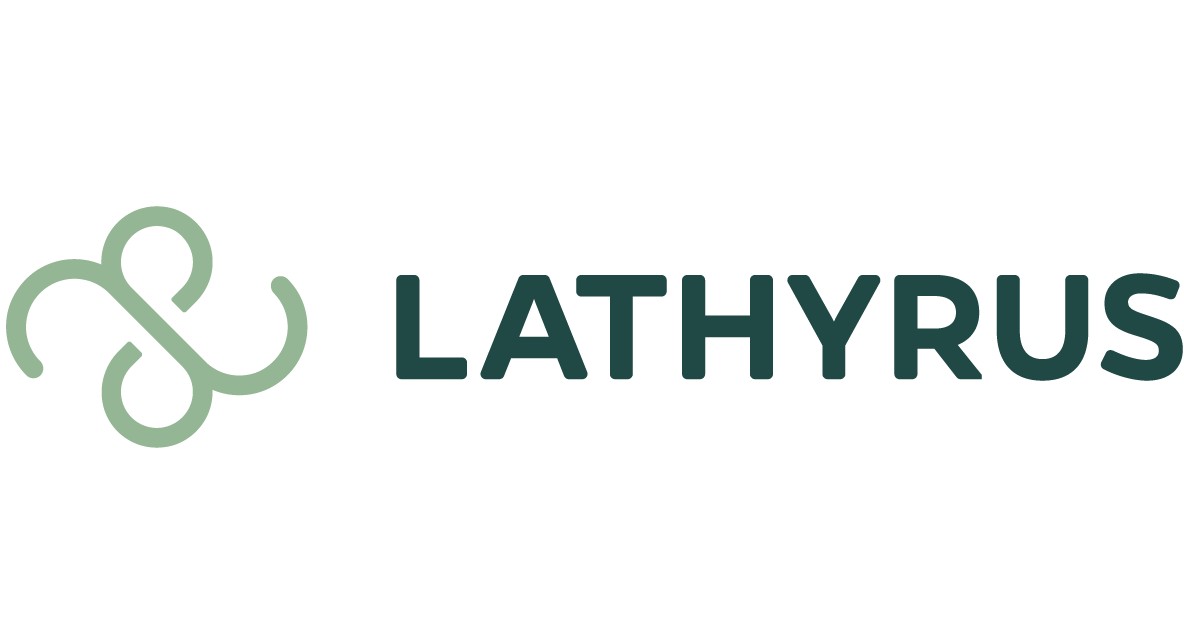The first challenge in making a change is that whatever change we want or need to make is not just an external event. Our way of seeing ourselves and relating to our environment also has to change. The next challenge is that once that change happens, we enter the unknown.
William Bridges calls this place The Neutral Zone. Virginia Satir calls it Chaos.
In this place, we have lost the familiar structures and sign posts that enabled us to navigate the world using primarily System 1 thinking. Now we have to consciously orient ourselves and re-orient ourselves, reminding ourselves that what we did before— who we were before — no longer works. We have to be willing and able to invest energy, tolerate discomfort, and establish consistency in new ways of doing and being.
This is where our motivation to change really gets tested. Do we know where we’re headed and why? Is that important enough to us to justify this investment? Do we have the support we need?
That holds true whether the change was chosen or imposed. In response to a major life event — a natural catastrophe, birth, death, restructuring, promotion, or job loss — we can find ways of learning, growing, and adapting; or we can retreat into familiar patterns, working as hard as we can to maintain former identities and roles. Chaos can feel scary, overwhelming, hard — and rich with possibility.
Virginia Satir, The process of change. (video, 43 minutes), 1978.
Copyright © 2023 Lynn Thorsell, All rights reserved.
Photo by Stefan on Unsplash
Our immunity to change << More Notes >> Not a moral judgement


